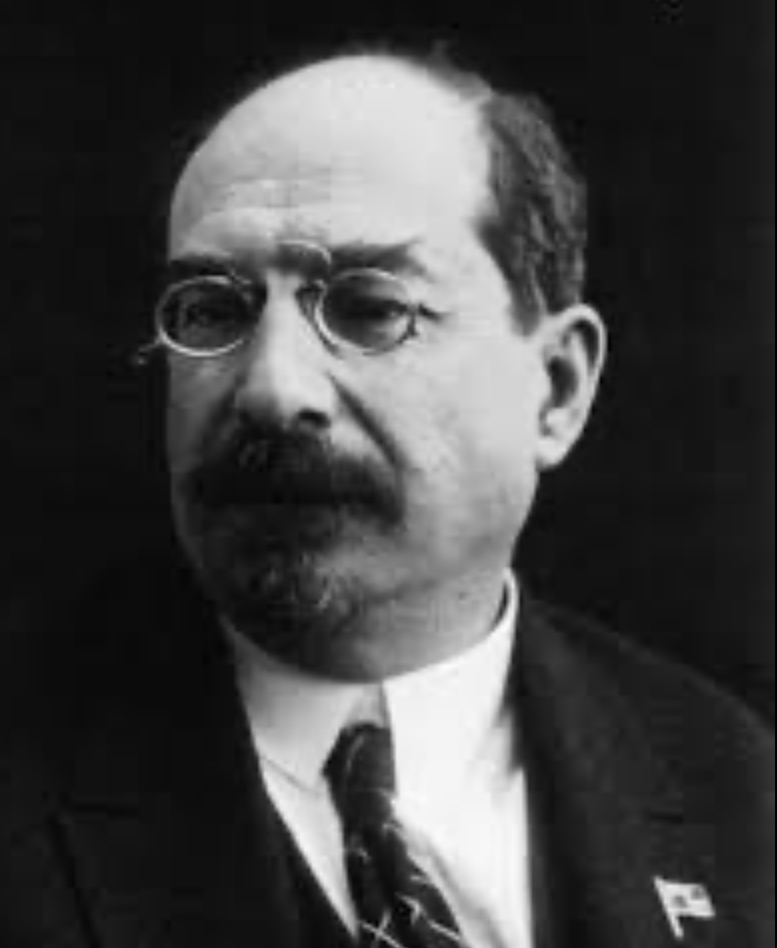Compulsory Education
1/16
There's no tags or description
Looks like no tags are added yet.
Name | Mastery | Learn | Test | Matching | Spaced |
|---|
No study sessions yet.
17 Terms
What was education like in Tsarist Russia? Who ran the majority of schools?
It was largely limited to the rich at secondary school levels. In rural areas 88% of children failed to complete primary education.
At primary level many schools were run by the Russian Orthodox Church

Who was given control of education in 1917? Who headed this department?
It was given to the Commissariat of Education (Narkompros) , headed by Anatoly Lunachevsky
What programme did Lunachevsky and the Bolsheviks launch in 1917?
A programme to provide free, universal and compulsory education for all children aged 7 to 17
Who took over church schools in 1918?
Existing church schools were taken over by the government.
Was the education programme launched by Narkompros successful? What were the conditions of schools like during the Bolshevik era?
No it was not successful→ There was a severe lack of resources during the civil war of 1918-21 and Narkompros could only supply one pencil for every 60 students. Students were expected to write with coal.
Teachers were poorly paid and expected to teach classes of 40 children.
What other factor also caused a lack of education resources during the 1920s (other than the Civil War)?
Under the NEP state spending on schools declined and the numbers attending school shrank.
How long did the average child attend school in 1926?
2.77 years
Did education improve in the 1930s?
The goal of providing universal compulsory education was largely achieved particularly in urban areas
How many children were in education in 1929 compared to 1931?
14 million in 1929
20 million in 1931
What was the new system of education introduced from 1934?
Four years of primary level education followed by 3 years of ‘incomplete secondary education’. After this period of study students could stay for 2 or 3 more years of ‘complete secondary education or transfer to a vocational programme.
How did WW2 impact education?
A large number of teachers were killed in action and 82,000 schools were physically destroyed in the fighting.
How did education change in the 1980s?
The Soviet government turned many general academic schools into specialist schools for specific subjects.
BUT the demand for admissions to these schools was often very high and bribery was sometimes used by parents to secure places for their children.
What were the main obstacles to improving education? (3)
Low wages discouraged many people from entering the teaching profession
School transport was underfunded
Cost of education → In 1940 tuition fees had been introduced for the last years of secondary education BUT these fees were withdrawn in 1956. Parents were also expected to pay for school materials which a lot of poor families could not afford.
Why was there a disparity between the amount of rural children attending school compared to urban children? Give an example
Attendance at rural schools was lower than urban because traditional rural customs were difficult to break and the majority of rural families removed their children from education during harvest time.
EXAMPLE: In 1981, a head teacher from a school in Kirghizstan complained in Pravda that his students never turned up for the new school term until November
What cultural influences prevented the expansion of education? (2)
Ethnic minorities viewed state education as a vehicle for Russification
In Muslim areas there was a lack of women entering higher levels of secondary education
What was Russification?
The policy of imposing Russian language and culture on the ethnic minorities of the USSR in order to provide a greater sense of unity throughout the country.
What government policies negatively impacted education?
Forced collectivisation of agriculture (1928) removed many teachers from village schools
The Cultural Revolution (1931-32) saw many teachers removed from schools